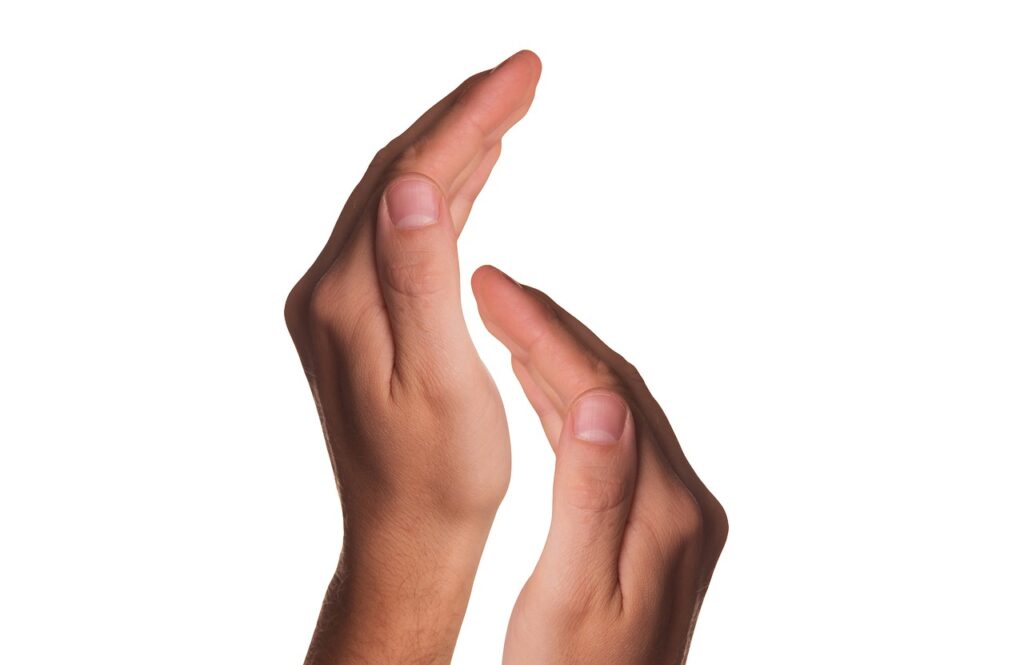Count the numbers above the staff in sequence, going from left to right.
- Clap at the red numbers, and opposite clap at the brown numbers.
- The opposite clap is just what it sounds like.
- You make a clapping motion, but in the opposite direction so that the hands move apart instead of together.
- That way you can feel the beat, but you don’t make any sound, which makes sense, because a rest tells you to be silent.
After you’ve tried clapping the color coded quarter rests, you can listen to the soundtrack to see if you did it right.
When you clap, notice how many counts each note or rest gets:
- Quarter note: a black notehead and a stem = 1 count
- Quarter rest: a lightning bolt shape = 1 count (1 silent opposite clap)
- Half rest: shaped like a right side up hat = 2 counts (2 silent opposite claps)
- Whole rest: shaped like an upside-down hat = 4 counts (4 silent opposite claps)
Once you can confidently clap the example, try the quiz.


